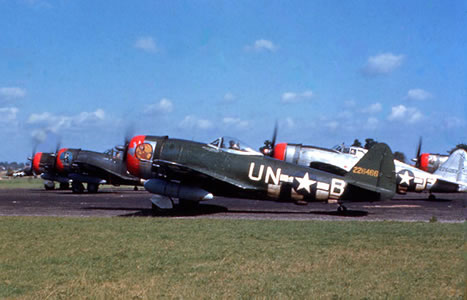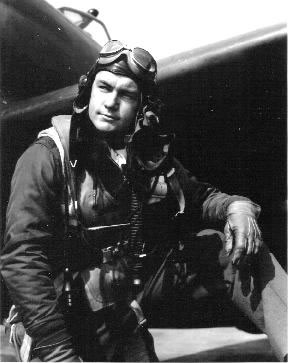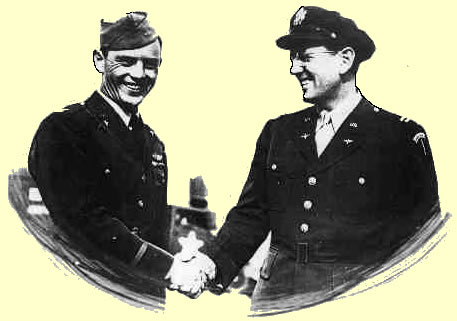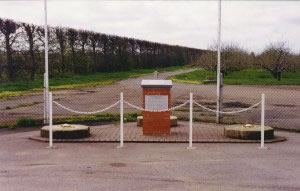

Metal detecting holidays in England with the World's most successful metal detecting club.
Twinned with Midwest Historical Research Society USA
|
Napoleonic, WWI & II POW sites
|
|
I am currently still researching the new 17 field site we have been detecting since Sept 2006 that have produced huge numbers of military and navy buttons. The accounts of locals and other information on the prisoners is fascinating so I have put together this page on info I have obtained. I was not aware that there is was huge airforce base only a couple of miles away which is why the locals complained about the beer always running out at the local pubs !! I also did not realise that there were a lot of POW camps locally that supplied labour to the farms up until 1947. There is an interesting article about 'UK feared ex-POWs would stay put' and feared the Germans would not leave.
Essex POW sites No 4 POW Transit Camp
Purfleet
'In the First World War the town was full of troops and many local
men were away serving in the forces, but daily business continued with
little disruption. One German bomb caused slight damage in a garden
in Butt Road in 1915. A military airfield was established on a polo
ground at Blackheath. During both World Wars some soldiers were billeted
on local families, apparently matched by rank as far as possible. In
the Second World War Colchester was not subjected to heavy systematic
bombardment, but it did sustain smaller attacks, the heaviest loss of
life occurring in 1942 when 38 patients were killed and 25 people injured
at Severalls hospital. In 1944 about 1,000 incendiaries and 8 phosphorus
oil bombs set St. Botolph's corner on fire, badly damaging several factories
and shops, but there was only one casualty and no fatality. The town
was an important rest centre for American troops, who regularly bussed
young women out in army trucks to dances in the villages to the north
and west where American servicemen were based. Between 1944 and 1947
German prisoners of war were held at Berechurch in huts which were afterwards
used as a military corrective centre. The prisoners of war worked on
neighbouring farms in 1946 and 1947. '
'German prisoners were housed in empty buildings on the smallholding
colony during the First World War. Boxted Airfield, which opened as
an American 8th Air Force base in 1943, was actually in Langham'
UK feared ex-POWs would stay put
It was thought some Germans, who had been employed as civilian agricultural workers, might even commit suicide. A memo warned that any trouble would have "awkward political repercussions". 'Outbreaks of disorder' The arrangements assume that the men will go without trouble, but this of course cannot be assumed Civil service memo The papers released by the National Archives in Kew, west London, show the cabinet decided in June 1948 to deport 10,000 of the 25,000 former German POWs still working as civilians in Britain, starting from November of the same year. Under "Operation Repat", the ex-servicemen would be shipped back to the continent from Harwich in Essex after being held in a nearby detention centre. But authorities were warned that police would have no legal power to force them to leave - as it was "not feasible" for the Home Secretary to sign 10,000 deportation orders. One memo warned: "The arrangements assume that the men will go without trouble, but this of course cannot be assumed - very much the contrary." Police were to be stationed at hostels "to prevent any possible outbreaks of disorder" when the Germans were informed they were leaving. Any stragglers who refused to go would be served with deportation orders and held at Chelmsford prison. But one memo acknowledged that if the Germans resisted repatriation on a large scale "we would have to consider the position again". Under the planned operation, 800 Germans would be taken to Harwich by train every other day starting 23 November. 'Mass disobedience' The minutes of one Whitehall planning meeting recorded: "The War Office representative promised (unofficially) to have troops at the transit camp in the hope that their presence might prevent any mass disobedience." In one county it was reported that "four men might commit suicide rather than be sent back". To quell discontent, it was suggested that notices might be put up in hostels where the ex-POWS were staying, promising that no-one would be sent back to Soviet-occupied East Germany. Officials were also concerned that the Germans might try to escape while in transit to Harwich, and find themselves working in the black economy. A note by one civil servant said: "There will presumably always be a possibility - if not an actual probability - that some of them will try to make a break for it." It continued: "It is desirable to avoid large numbers of men escaping in this way and joining the 'underground.'" ------------------------------------------------------------------------- 'The local community hall held numerous social events e.g.. dances which were often visited by American airman from the local airbase who used to cycle around the countryside when off duty. Film shows were also popular along with whist drives & pies & peas suppers' ------------------------------------------------------------------ 'At a fete in the village there was an army demonstration of unarmed
combat ,some boxing matches & among the other events was an auction
where gifts were sold in aid of charity. One lot was a fresh pineapple,
where it came from I cant imagine. I don’t think I had ever seen
one before. Another lot was a small wrapped parcel & it was described
as being worth at least a guinea. The person who bought it for quite
a lot of money got a surprise when it turned out to be a box Beechams
pills[which used to state on the box’ worth a guinea a box’] Local airforce base
RAF Boxted (Also known as Langham) is a former World War II airfield in England. The field is located west of the A12 road, three miles north of Colchester, and built almost entirely in the village of Langham in Essex. The airfield was given the name Boxted, an adjoining village, because there already was an airfield by the name of Langham in north Norfolk. Boxted has the distinction of having been the base for the two most successful USAAF fighter groups in air-to-air combat.
386th Medium Bomb Group
Pilots that flew out
of Boxted
Flying single-engine P-47 Thunderbolt
fighters, Mr. Gabreski downed 28 Messerschmitts and Focke-Wulfs over
France and Germany between Aug. 24, 1943, and July 5, 1944, and destroyed
three more German aircraft on the ground. He was to depart from the air base at Boxted, England, on July 20 for 30 days' leave. But at the last moment, he asked to go along on a mission to escort B-24 Liberator bombers that would attack railroad yards near Frankfurt, Germany. After the bombers completed their run, he strafed an airfield seven miles west of Koblenz, but he came in too low, causing his propeller to hit the ground, which made the engine vibrate. He crash-landed in a wheat field, and after spending five days moving through the countryside, he was picked up by a farmer and turned over to German authorities. An interrogator told him, "We have been expecting you for a long time," and showed him a file that held a copy of the military newspaper Stars and Stripes describing his milestone 28th kill.
'Gabby' Gabreski, America's top 'ace' fighter pilot in Europe, pictured at Boxted airfield. (USAAF)
Thunderbolt fighters of the 56th FG prepare to take off from Boxted airfield
He was accepted as an aviation cadet on May 3, and did all his flight training in Alabama. After completing P-47 training, Edens received his wings and commission on Nov. 3, 1943. "I had read about the 56th Fighter Group and all their aces in Reader's Digest, so I signed up with them," he said.
Second Lieutenant Billy G. Edens, at Boxted Air Base in England in May 1944, was one of only a few pilots from the 56th Fighter Group to become an ace as a second lieutenant
In April 1944, Second Lieutenant Edens was assigned to the 62nd Fighter Squadron of the 56th FG, flying P-47s out of Boxted, England. Edens' aggressiveness and natural ability earned him the title of ace in less than a month, as he totaled seven victories between June 8 and July 7, 1944. On June 8, while defending flight leader Mark Moseley, Edens destroyed two Me 109s and an Fw 190 to earn a triple in one day. "I was just shooting them off his tail," Edens explained. On July 5, he shot down an Fw 190 that burst into flames, and two days later, Edens became an ace when he destroyed three Junkers Ju 52 transports. The 62nd FS destroyed 10 of the 12 Ju 52s they encountered that day. "My tail hit his tail," Edens described of one of his victories. "I was on top of him, so I just pulled back on my stick real hard and my 'Jug' just smashed him and he crashed and burst into flames." On September 10, during his 89th and
final mission, Edens was shot down—for the fourth time—while
strafing the Seligenstadt Airdrome. But this time he was captured and
became a POW at Stalag Luft I in Barth, Germany. A month later, Col.
Zemke ended up at the same prison camp and found himself senior allied
officer, responsible for 7,000 allied prisoners. Francis Gabreski (28
victories) was already there and a compound commander.
The first meeting of Colonel C Hubert (The Hub) Zemke and Captain Glenn Miller (Band Leader) at Boxted Aerodrome (Air Base) in early 1943
The Effect of the Airfield
Into Langham came a force of some 3,000 "foreigners"! They had an immediate impact on the village and the towns and villages in the vicinity and their reception was, for the most part, welcoming. The Americans themselves were friendly and generous, particularly with their gifts of "candy" to the children which were received with delight as the allocation of sweets and chocolate in this country was strictly rationed. The pubs did a roaring trade! There was, of course, entertainment at the Base for the men stationed there and Glen Miller and his Band visited. During W.W.II single women and married women without young children were directed into work by Government authority and many women from the village worked at the USAAF Red Cross Canteen. Petrol could only be bought through a permit system as far as British people were concerned. The American troops used their Jeeps for general transport but when they were off duty they could be seen on bikes pedalling round the neighbourhood. Langham people became accustomed to waking in the early hours to the sound of the throb of engines getting ready for take-off, followed by the roar of planes overhead as they headed for their targets. Their return to base later in the day was intently awaited. News of their action against the enemy was strictly censored and the men heeded the warning seen on the windscreens of their Jeeps 'DON'T TALK SHOP. This period of less than three years containing as it does acts of exceptional bravery and endurance by the young men of the USAAF based at Station 150 has a unique place in the history of Langham. There is now a commemorative plinth place at the end of an old runway where is joins Park Lane, dedicated to all those Units operating from the base during World War II.
|
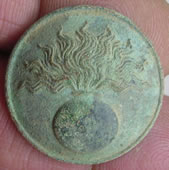
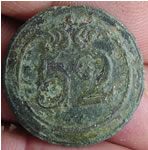
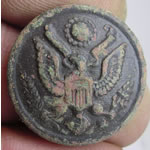
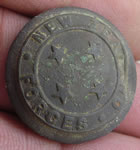



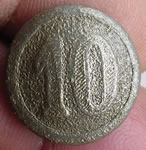
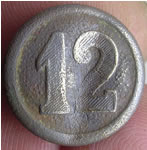
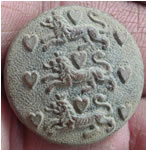

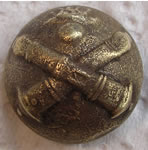
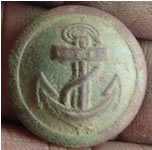

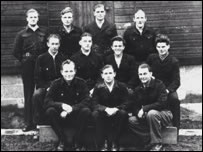 German
former prisoners of war were deported via Harwich, Essex
German
former prisoners of war were deported via Harwich, Essex 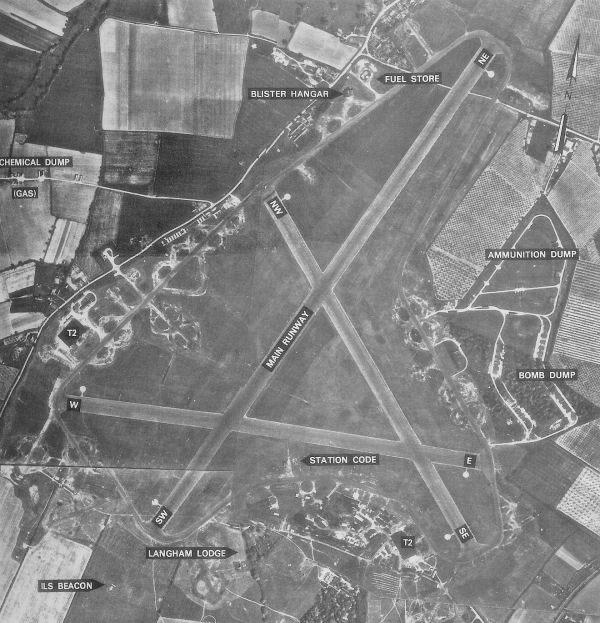
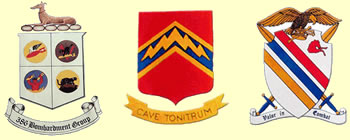
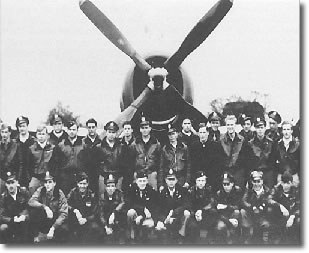
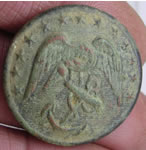

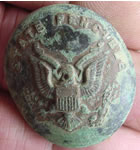

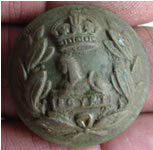
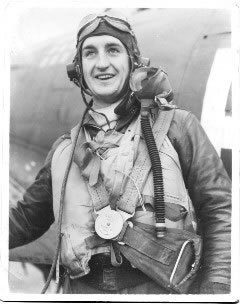 Francis
S. Gabreski was the leading American air ace in Europe in World War
II who later in life tangled less triumphantly with political perils
as head of the Long Island Rail Road.,
Francis
S. Gabreski was the leading American air ace in Europe in World War
II who later in life tangled less triumphantly with political perils
as head of the Long Island Rail Road., 
